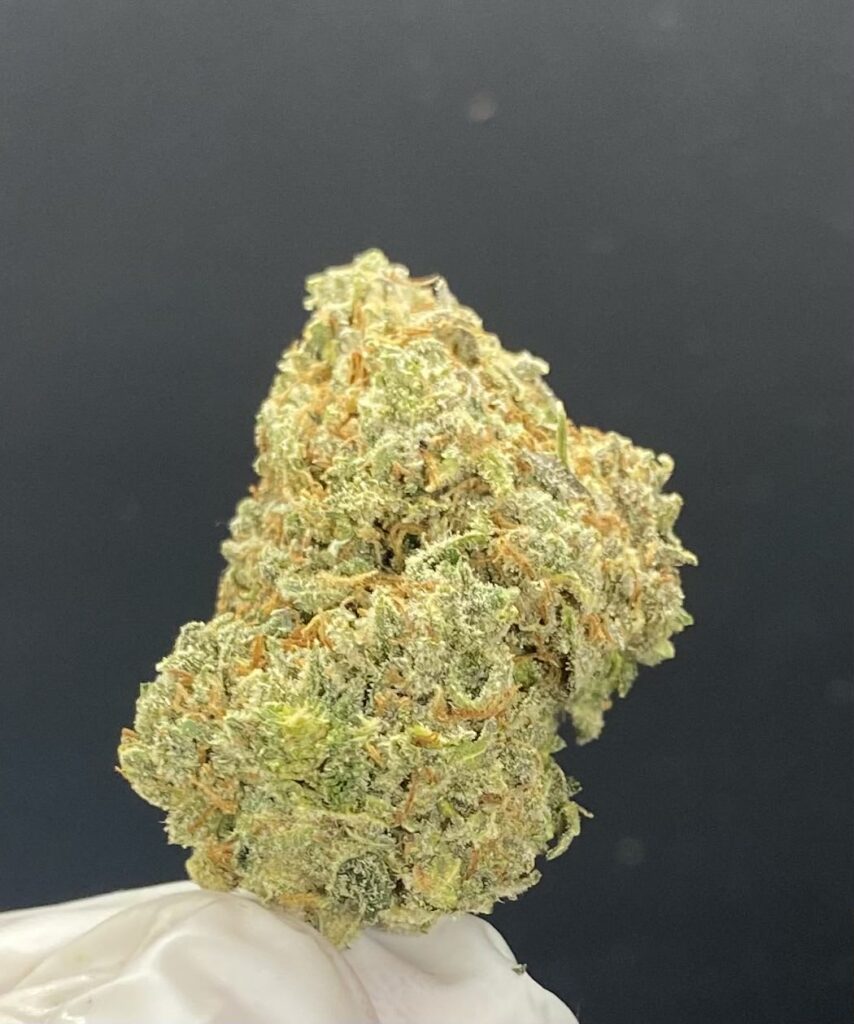CBN (Cannabinol) and CBL (Cannabicyclol) serve as intricate components within the vast cannabinoid family, notably contributing to the multifaceted nature of hemp and cannabis plants. Their interaction with the human endocannabinoid system presents a myriad of physiological implications and potential benefits.
Many States allow hemp derived cannabinoids under the 2018 Farm Bill as long as they contain less than .3% D9 THC. Some States have explicitly banned cannabinoids like Delta 8, so check your local rules and regulations before purchasing.
Here’s the rules for Kush.com and more details
CBN: The Aged Cannabinoid
CBN emerges primarily through the aging and oxidation of THC, showcasing mild psychoactive attributes usually associated with sleep. It’s often acknowledged for its potential physiological influences, though it’s imperative to underline that scientific investigations are still in progress.
CBL: A Rare Non-Psychoactive Component
Contrastingly, CBL, renowned for its non-psychoactive nature, is less prevalent and originates when sunlight converts cannabichromene (CBC) into CBL. Its scarce presence and unique formation pathway make it an engaging subject for ongoing scientific exploration.
In essence, while CBN and CBL both reside under the cannabinoid umbrella, their psychoactive properties, formation processes, and prevalence within hemp and cannabis plants diverge significantly. A thorough comprehension of their attributes and potential applications warrants further scrutiny.
Frequently Asked Questions (FAQs)
- What Are CBN and CBL?
- CBN and CBL, both cannabinoids, emerge from the hemp plant, interacting with the endocannabinoid system and potentially influencing various physiological processes.
- CBN vs CBL: Presence in Hemp?
- CBN often appears in aged cannabis, being a derivative of THC degradation. Conversely, CBL is less common and is believed to materialize from the degradation of other cannabinoids over time.
- Potential Applications of CBN and CBL?
- CBN is sometimes associated with potential sedative impacts, whereas CBL is still under examination for its potential applications. Note that these should not be interpreted as medical advice or confirmed benefits.
- Extraction Process of CBN and CBL?
- Both cannabinoids are typically extracted via CO2 extraction, utilizing pressurized carbon dioxide to isolate the desired compounds from the hemp.
- Can CBN and CBL Be Utilized Concurrently?
- Indeed, CBN and CBL might be utilized together, and some propose that the combined use of cannabinoids (termed the “entourage effect”) may enhance their overall efficacy. Nevertheless, extensive research is required to fully elucidate their potential interactions and effects.
Shop
- 150mg D9 .3% compliant Nerd Ropeon May 9, 2024 at 10:42 am
Nerd Rope Candy. You can choose 500mg-1000mg D8, HHC, or a mix. Also 150
- 30mg CBD VEGAN gummieson May 9, 2024 at 10:42 am
100% Vegan hemp derived 30mg CBD gummies large 4ML. All-natural terpene
- 50mg Vegan Delta 8 gummies BEST ON KUSHon May 9, 2024 at 10:42 am
50mg Delta 8 in these fantastic tasting vegan gummies!
- 100mg per VEGAN Delta 8 Gummieson May 9, 2024 at 10:42 am
100% Vegan hemp derived 100mg delta 8 gummies large 4ML. Orders 5000-999
- 2500mg CBD Pain salve 2ozon May 9, 2024 at 10:42 am
2500MG CBD salve made with shea butter and 100% pure bees wax. Perfect f

